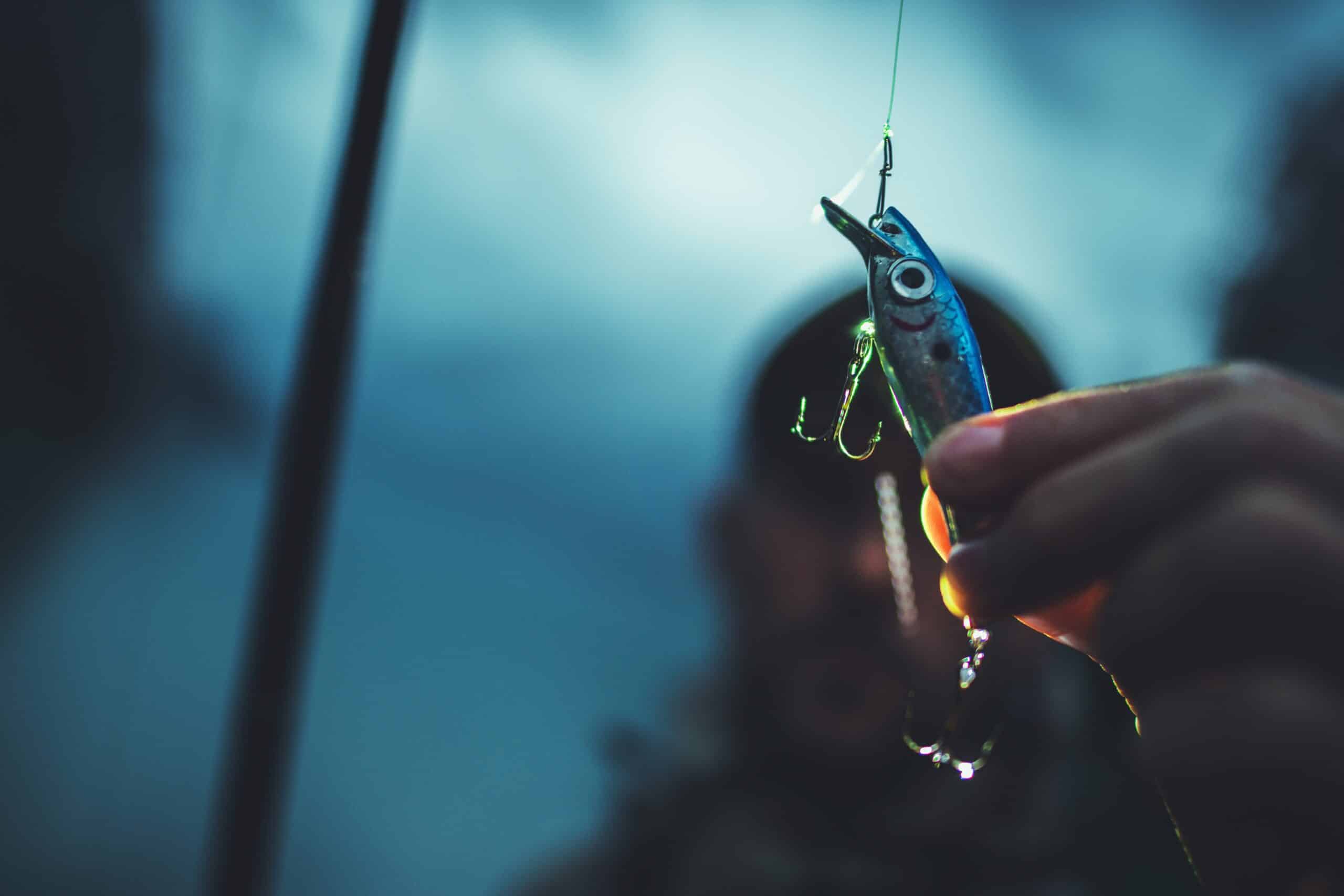What Temperature Should Live Bait Be Kept At?
Key Takeaways
- The optimal temperature range for live bait storage is between 40 to 50 degrees Fahrenheit (4 to 10 degrees Celsius).
- Maintaining a marginal decrease from the ambient lake temperature, ideally not exceeding 5 degrees Fahrenheit, can replicate the natural conditions of the bait’s original habitat.
- Temperature directly affects the metabolism and overall health of live bait, so maintaining the recommended temperature range helps maintain the bait’s energy levels and attractiveness to fish.
When it comes to fishing, live bait can be a game-changer. Whether you’re targeting freshwater or saltwater species, having lively and healthy bait can greatly increase your chances of success. But how do you ensure that your live bait stays in optimal condition? One crucial factor to consider is the temperature at which you store your bait.
The Optimal Temperature Range
According to multiple sources, including Cooler Hunt, Anglers Advantage Guide Service, and Tackle Talks, the optimal temperature for live bait storage is between 40 to 50 degrees Fahrenheit (4 to 10 degrees Celsius) (source). This temperature range provides a balance between keeping the bait cool enough to slow down its metabolism and preventing it from becoming too sluggish or stressed.
Field & Stream also emphasizes that the best temperature for keeping live bait alive is within the same range of 40 to 50 degrees Fahrenheit (source). It’s important to note that these temperature recommendations apply to various types of live bait, including worms, minnows, and other small fish.
Preserving the Ambient Lake Temperature
While the general consensus is to store live bait within the 40-50 degrees Fahrenheit range, Tackle Talks suggests that it’s ideal to maintain a marginal decrease from the ambient lake temperature, ideally not exceeding 5 degrees Fahrenheit (source). This approach aims to replicate the natural conditions the bait would experience in its original habitat.
Why Temperature Matters
So why is the temperature so crucial when it comes to live bait storage? Well, temperature directly affects the metabolism and overall health of the bait. If the temperature is too high, the bait’s metabolism will increase, leading to a faster depletion of its energy reserves. On the other hand, if the temperature is too low, the bait’s metabolism will slow down, making it less active and attractive to predatory fish.
By keeping the temperature within the recommended range, you can help maintain the bait’s energy levels, keep it lively, and increase its chances of enticing nearby fish. This is especially important for anglers who rely on live bait to attract finicky or selective species.
Storage Tips
Now that we know the optimal temperature range for live bait, let’s discuss some practical tips for storing it:
- Invest in a quality bait cooler or refrigerator specifically designed for live bait storage. These containers often come with adjustable temperature controls, allowing you to maintain the desired range.
- Use ice packs or frozen water bottles to help regulate the temperature inside the cooler or refrigerator. This can help offset any temperature fluctuations and keep the bait within the optimal range.
- Avoid overcrowding the storage container. Live bait needs adequate space to move around and access oxygen. Crowding can lead to stress and increased metabolism.
- Regularly check the temperature inside the storage container using a reliable thermometer. This will ensure that the temperature remains within the recommended range.
- Monitor the bait for any signs of distress or illness. If you notice any issues, such as lethargy or discoloration, it’s important to take appropriate action, such as changing the water or seeking expert advice.
Conclusion
When it comes to keeping live bait in optimal condition, temperature plays a critical role. The consensus among various sources is that the ideal temperature range for live bait storage is between 40 to 50 degrees Fahrenheit (4 to 10 degrees Celsius). However, some experts suggest that maintaining a marginal decrease from the ambient lake temperature, not exceeding 5 degrees Fahrenheit, can replicate the bait’s natural habitat more effectively.
By storing your live bait within the recommended temperature range and following proper storage tips, you can ensure that your bait remains lively and attractive to fish. Remember, healthy and energetic bait can make all the difference when it comes to landing your next big catch!
Related Websites:
FAQs:
Q: Why is maintaining the optimal temperature important for live bait?
Maintaining the optimal temperature is important for live bait because it affects their metabolism, overall health, and survival rate. It also impacts the behavior and effectiveness of live bait for fishing.
Q: What is the ideal temperature range for live bait?
The ideal temperature range for live bait depends on the specific type. Commonly used live bait such as worms, minnows, or crickets have specific temperature preferences. However, a general temperature range suitable for most types of live bait is between 40-50 degrees Fahrenheit. It is important to consider any exceptions or specific considerations for certain types of live bait.
Q: How can I maintain the correct temperature for live bait?
To maintain the correct temperature for live bait, it is important to use a suitable container or storage system. You can regulate and monitor the temperature by using coolers or insulated containers. It is also essential to prevent extreme temperature fluctuations that can harm the live bait.
Q: How can I keep live bait healthy?
To keep live bait healthy, ensure proper aeration and oxygen levels. Avoid overcrowding, as it can increase stress and decrease the bait’s quality. Additionally, use clean water and provide proper food sources for optimal bait health.
Q: Why should I maintain the correct temperature for live bait?
Maintaining the correct temperature for live bait is crucial to ensure their well-being and effectiveness in fishing situations. By following the provided tips, you can maximize the lifespan and quality of your live bait.






